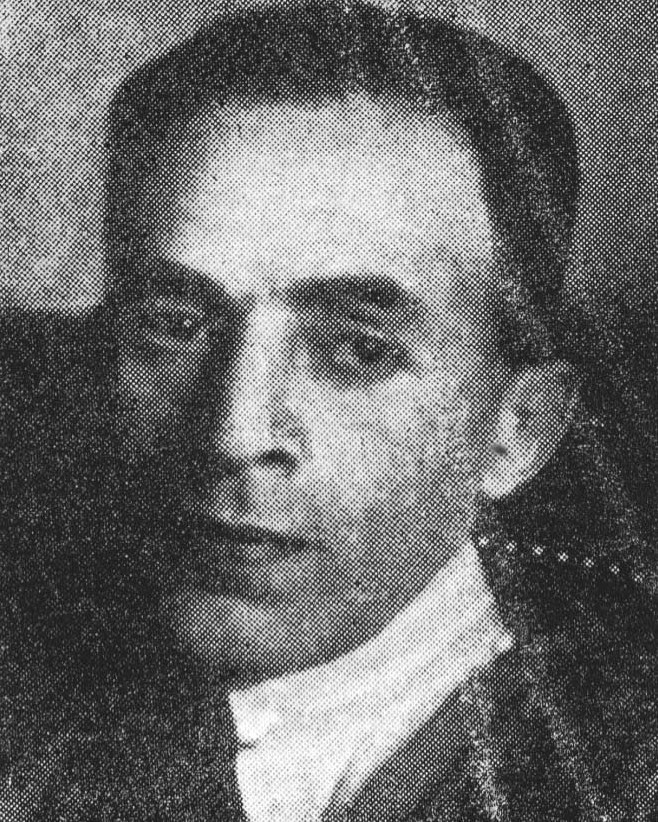Istvan FARKAS
January 2, 2019Adolphe FEDER
January 2, 2019Alexandre FASINI (born Saul Finesilber)
KIEV 1892 – DEPORTED TO AUSCHWITZ 1942
Alexandre Fasini, born Saul Finesilber, grew up in a family of grain merchants. He was very young when his mother died. He was one of three brothers, of whom another also became a painter and one was a writer who died young. Fasini spent his childhood in Odessa. He attended the School of Fine Arts and took classes taught by the Greek Impressionist painter Kiriak Kostandi. He became friends with painter Philippe Hosiasson and writer Isaac Babel, and did illustrations for some Odessa newspapers, including Bomba and Iablstchko. He arrived in France aboard a Soviet boat in 1922 and settled in rue Daru. Fasini’s painting was on the fringes of abstraction and Surrealism. He wished for its work to reflect a new experience, which would give him an original position within the School of Paris. He became quite famous in the years 1920-1925. Max Berger, owner of the Galerie Vavin, exhibited his work for two years along with paintings by Jean Lurçat, Pablo Picasso, and Georges Papazoff. Alexandre Fasini collected primitive art. He also took up photography and furnituremaking. During the Occupation, he continued painting. His friends and family advised him to leave for the Zone Libre (free zone) but he was too distressed to do so.
On July 16, 1942, the French police arrested Fasini and his wife Rosa during the Vel d’Hiv roundup. His work was destroyed in his studio. Both of them were interned in Drancy and deported on convoy number 9. They were murdered in Auschwitz.
Stories of Jewish Artists of the School of Paris 1905-1939
FRENCH-ENGLISH
Capitale des arts, le Paris des années 1905-1939 attire les artistes du monde entier. De cette période de foisonnement, un terme est resté, celui d'Ecole de Paris, qui recouvre une grande diversité d'expression artistique. Dans ce brassage dont Montparnasse est le creuset, un groupe se distingue : celui des artistes juifs venus de Russie, de Pologne et d'Europe centrale. Si leurs styles sont variés, un destin commun les rassemble : ils fuient l'antisémitisme de leur pays d'origine. Certains ont connu la célébrité dès les années 1920, tels Soutine, Lipchitz ou Chagall. D'autres n'ont pas eu le temps ou la chance d'y accéder. Près de la moitié a péri dans les camps de concentration nazis.
From 1905 to 1939, Paris attracted artists from all over the globe as the capital of the art world. This period of artistic proliferation became known as the School of Paris, and includes a great diversity of artistic expression. Within the teeming art world centred on Montparnasse, one group set itself apart: Jewish artists from Russia, Poland, and Central Europe. Although their styles were diverse, they shared the common fate of fleeing anti-Semitic persecutions in their home countries. Some became famous in the 1920s, such as Soutine, Lipchitz, and Chagall, while others did not have the time or the luck to gain renown. Nearly half of these artists died in Nazi concentration camps.





